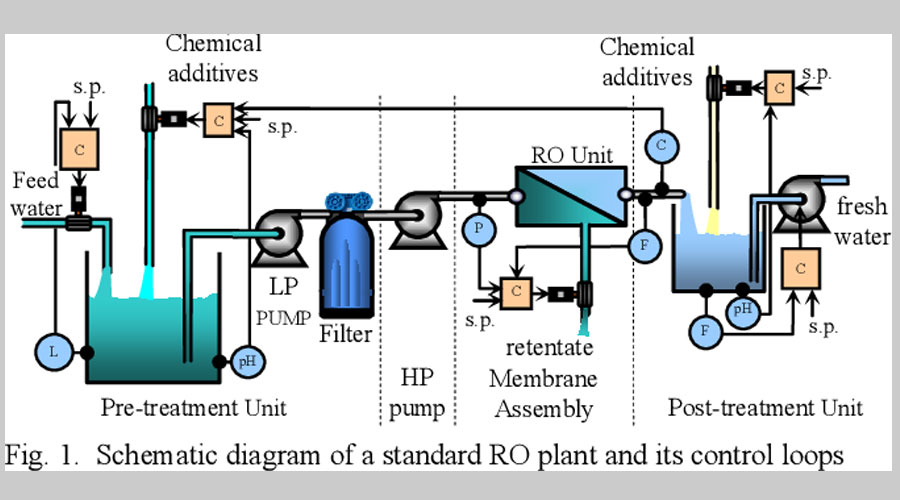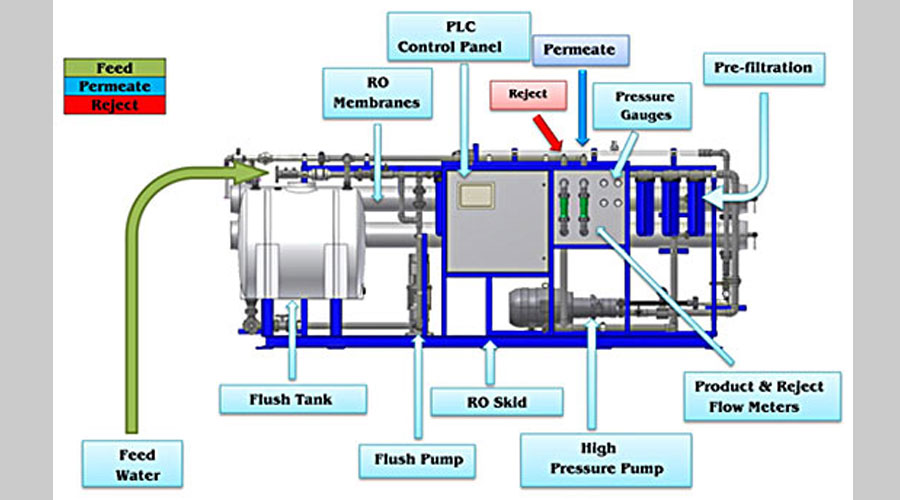Thinkgreen offers quality designed and manufactured water treatment plants by using first-class quality material and contemporary tools in compliance with predetermined industry norms. In this purification procedure reverse osmosis (RO) systems play a vital role in water treatment plant. Reverse osmosis (RO) systems are helpful to reduce the levels of total dissolved solids and suspended particles within water. An accurately designed system effectively reduces these contaminants to safe level.
Water Treatment Plant
An ion exchange system consists of a tank containing small beads of synthetic resin. The beads are treated to selectively adsorb either cations (positive) or anions (negative) and exchange certain ions based on their relative activity compared to the resin. This process of ion exchange will continue until all available exchange sites are filled, at which point the resin is exhausted and must be regenerated by suitable chemicals.
Application
- Softening plants
- Demineralization plants and mixed bed units
- High water purity
Reverse osmosis refers to a process of water purification that has been used primarily for the desalination of seawater. Reverse osmosis has been used as a method of purification for ground and surface fresh water, in addition to its role as a desalinating agent.
Application
- Effluent recycling systems
- Low operating cost without compromising quality
- Brackish/sea water desalination
Ultrafiltration is used for the separation of suspended solids, colloids, bacteria and virus. This technique uses membranes with pore size between 1-100nm.
Nanofiltration is essentially a liquid phase one, because it separates a range of inorganic and organic substances from solution in a liquid – mainly, but by no means entirely, water.
Application
- Used for oil-water separation
- Separation of high molecular weight organics
- Removal of divalent ions
- Separation of salts


